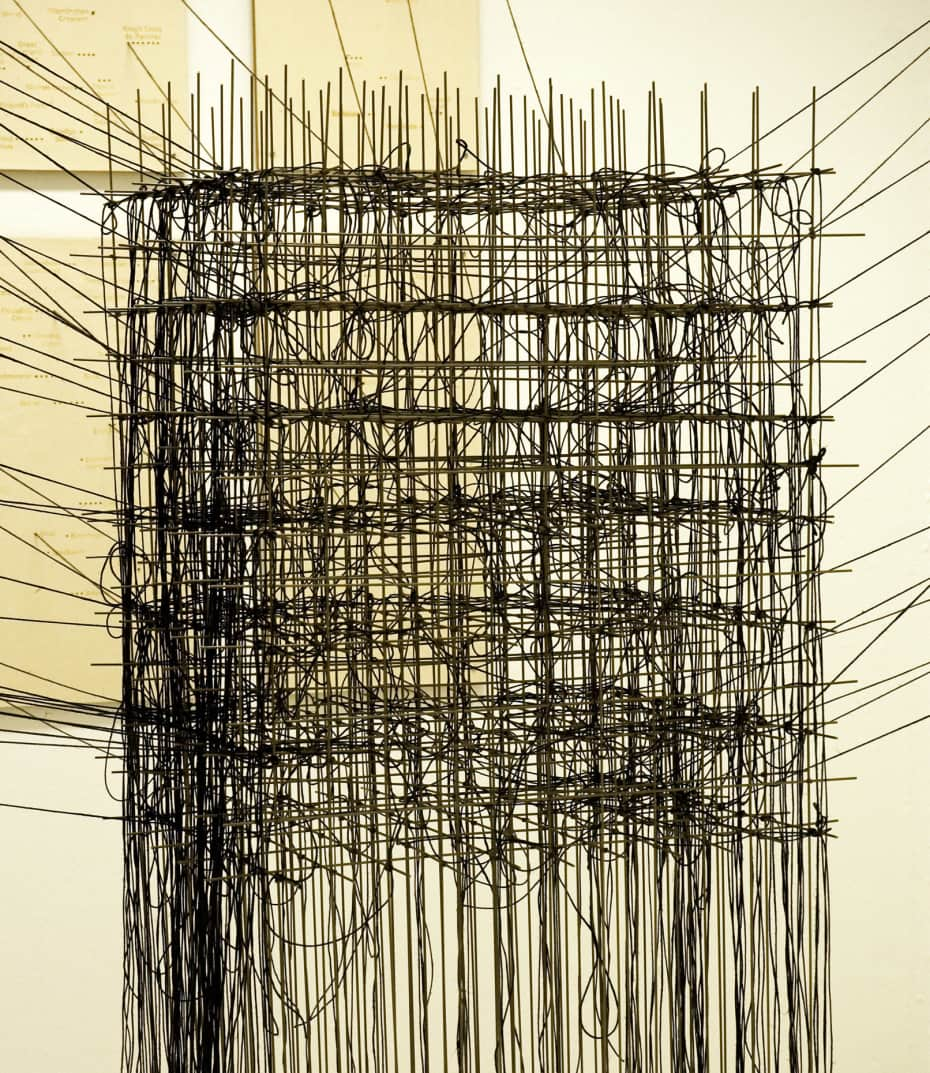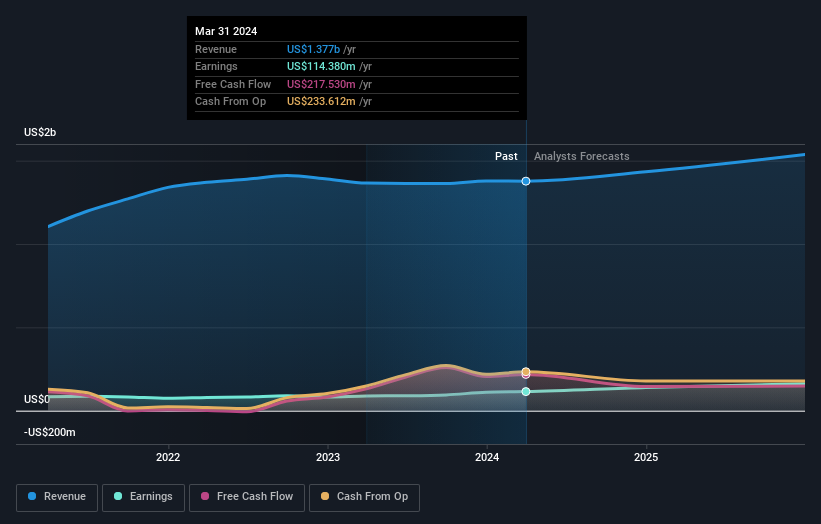Securing A Professorship In Fine Arts: Focus On Spatial Design

Table of Contents
Building a Strong Academic Portfolio
A compelling academic portfolio is the cornerstone of a successful application for a professorship in spatial design. It showcases your expertise, research capabilities, and teaching potential. This portfolio needs to demonstrate consistent high-quality work and a dedication to the field.
Exceptional Research and Publications
Peer-reviewed publications are paramount. Focus on submitting your research to leading spatial design journals. Your research should exhibit innovative methodologies, address significant challenges within spatial design, and contribute meaningfully to the field.
- Target high-impact journals: Aim for publications in journals such as Journal of Architectural and Planning Research, Design Studies, Environment and Planning B: Urban Analytics and City Science, and other reputable publications relevant to your specialization within spatial design.
- Highlight methodological rigor: Clearly articulate your research methodologies, ensuring transparency and reproducibility. This demonstrates a commitment to scholarly excellence.
- Showcase impact: Quantify the impact of your research wherever possible. Did your work influence policy? Did it lead to new design practices? Highlight these achievements.
Significant Exhibition and Presentation History
Your creative work must be visible and recognized within the spatial design community. Actively participate in prestigious exhibitions and conferences, both nationally and internationally.
- Document everything: Maintain a meticulous record of your exhibitions, including details such as the venue, dates, and any press coverage or awards received.
- Seek high-profile events: Participation in events like the Venice Biennale, ACADIA conferences, or similar significant showcases significantly strengthens your application.
- Go beyond showcasing: Don't just list participation. Describe the impact of your work, the audience response, and any critical acclaim received.
Mentorship and Teaching Experience
Demonstrate your commitment to nurturing future generations of spatial designers. Teaching experience, whether as a teaching assistant, adjunct professor, or through mentorship, is crucial.
- Develop a teaching portfolio: Compile teaching materials, student evaluations, and testimonials to showcase your teaching effectiveness and pedagogical approach.
- Highlight successful student outcomes: Quantify your impact on students’ learning and development. Did your students go on to win awards or secure prestigious positions?
- Emphasize your teaching philosophy: Clearly articulate your approach to teaching spatial design, highlighting its innovative aspects and alignment with best practices.
Crafting a Compelling Application
Once you have a strong portfolio, the next step is to create a compelling application that effectively showcases your qualifications for a professorship in spatial design.
Tailoring Your Cover Letter and CV
Generic applications rarely succeed. Each application must be meticulously tailored to the specific requirements and priorities of the institution and the department.
- Keyword optimization: Incorporate keywords from the job description into your cover letter and CV. This helps applicant tracking systems (ATS) identify your application as relevant.
- Highlight alignment: Explicitly demonstrate how your research interests and teaching philosophy align with the department's goals and the institution's values.
- Showcase diverse skills: Highlight relevant skills beyond teaching and research, such as grant writing, fundraising, or administrative experience.
Preparing for the Interview Process
The interview is your opportunity to make a personal connection and showcase your passion for spatial design.
- Practice, practice, practice: Rehearse your answers to common interview questions, including those related to your teaching philosophy, research agenda, and contributions to diversity, equity, and inclusion.
- Research the committee: Learn about the interview committee members' research and publications to tailor your responses and ask informed questions.
- Prepare insightful questions: Asking thoughtful questions shows your engagement and interest in the position and the institution.
Networking and Building Relationships
Networking is crucial in academia. Building relationships with faculty in your field can open doors to opportunities.
- Attend conferences: Use conferences as networking opportunities to connect with potential collaborators and mentors.
- Seek mentorship: Establish relationships with established professors who can provide guidance and support.
- Maintain professional relationships: Stay in touch with colleagues and mentors through email, social media, or other professional channels.
Understanding the Landscape of Spatial Design Professorships
Before applying, research the landscape of spatial design professorships.
Researching Institutional Priorities
Each institution has unique priorities and research focuses. Thorough research is crucial.
- Analyze departmental websites: Explore departmental websites to understand faculty expertise, research interests, and teaching priorities.
- Review job postings carefully: Pay close attention to the specific requirements and expectations outlined in job postings.
- Identify program strengths: Focus on institutions with established spatial design programs and a supportive departmental environment.
Understanding Funding and Grant Opportunities
Securing external funding is often a requirement for academic positions.
- Research funding opportunities: Familiarize yourself with potential grant opportunities relevant to your research interests.
- Develop a strong grant proposal: Develop a compelling grant proposal strategy to increase your chances of securing external funding.
- Demonstrate a commitment to funding: Showcase your experience in writing successful grant proposals and securing external funding for your research.
Conclusion
Securing a professorship in spatial design requires a strategic, long-term approach. By building a robust academic portfolio, crafting a compelling application, and understanding the nuances of the academic landscape, you can significantly improve your chances of success. Remember to network effectively, seek mentorship, and tailor your applications to each institution's specific needs and priorities. Start building your path towards a professorship in spatial design today!

Featured Posts
-
 Death Of Golden Horse Award Winning Cinematographer Lin Tsan Ting At 94
May 13, 2025
Death Of Golden Horse Award Winning Cinematographer Lin Tsan Ting At 94
May 13, 2025 -
 James Corden Confirmed For New Project Alongside Sir Ian Mc Kellen
May 13, 2025
James Corden Confirmed For New Project Alongside Sir Ian Mc Kellen
May 13, 2025 -
 Qatar Gift Plane Trumps Defense Sparks Debate
May 13, 2025
Qatar Gift Plane Trumps Defense Sparks Debate
May 13, 2025 -
 Gibraltar Industries Rock Earnings Preview What To Expect
May 13, 2025
Gibraltar Industries Rock Earnings Preview What To Expect
May 13, 2025 -
 Details Of Trumps Tax Cut Plan Released By House Republicans
May 13, 2025
Details Of Trumps Tax Cut Plan Released By House Republicans
May 13, 2025
